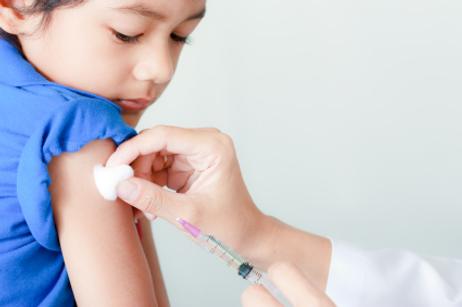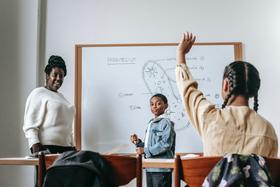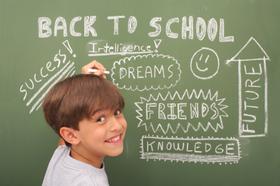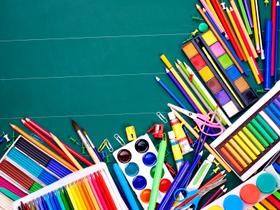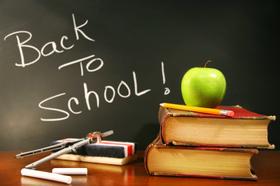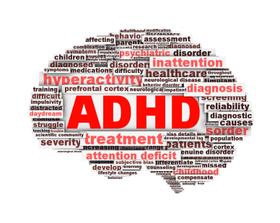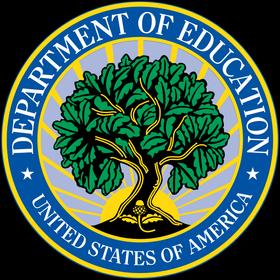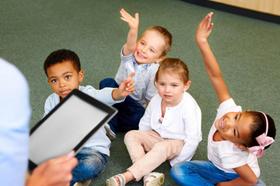Depending on your child’s school and state policies, your son or daughter may not be able to attend their first day of class until they’re fully vaccinated. In an attempt to reduce common illnesses and eliminate potentially fatal or harmful diseases, medical leaders have created mandates that command all kids to be vaccinated. According to many experts, students who are not vaccinated are susceptible to an array of prospective health issues.
While these regulations were created to help protect all children, many parents argue that the vaccines pose too many unknown risks. Ultimately, a new debate has emerged: are these mandatory vaccines helping or hurting our children?
Why Vaccinate?
According to CNN News, by the time a child is 2 years old, he or she has most likely been injected with over 20 vaccines to prevent various health problems. Aligning with this early treatment method, most public schools demand that all children are vaccinated for common child-related sicknesses, including vaccines to prevent illnesses such as:
- Mumps
- Measles
- Chickenpox
- Flu
- Meningitis
- Tetanus
In addition to a wide spectrum of other potential preventative vaccines, the Center for Disease Control and Prevention (CDCP) asserts that immunization regulations must be enforced to protect all children in society. Ultimately, with the support of vaccinations, medical leaders, along with CDCP, believe that optimal immunization against illnesses is the best way to prevent a widespread breakout of common contagious diseases. Since children are forced into a small classroom area with countless physical interactions in a given

